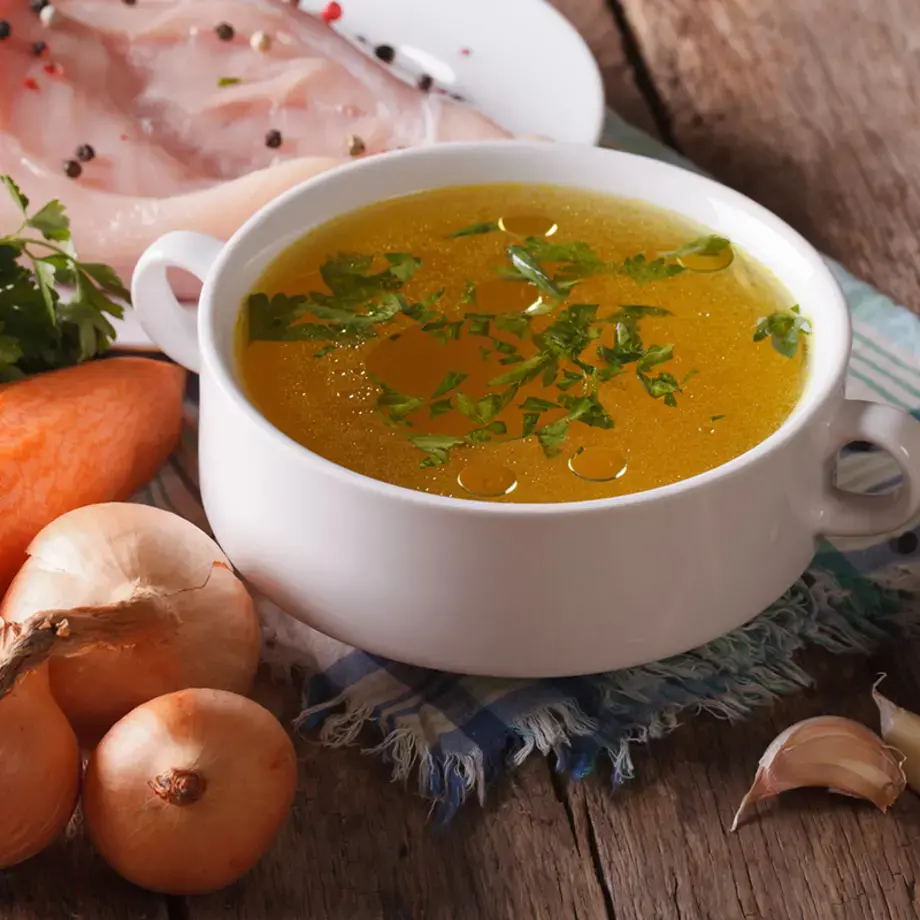Capers are a must if you enjoy briny, salty pops of flavour. But what are these little green things?

Photo: iStock
Everything you need to know about capers

Capers are the unripened flower buds of the caper bush. They’re most often associated with Mediterranean cuisines but are enjoyed worldwide – they’re now grown in many countries. There are references to their use as far back as 2,000 B.C., as they are mentioned as food in the Sumerian Epic of Gilgamesh.
The unripened buds must first be dried in the sun, then pickled in vinegar, brine, wine, or salt to become the salty green pea-sized ball. Curing brings out their tangy lemon flavour, similar to that of green olives.
Capers add a burst of flavour to dishes. Their texture and tanginess enhance many dishes, including fish dishes, pasta, stews and sauces. The small capers are firmer in texture and less aromatic than their mature counterparts, which are more tender and flavourful.
Capers – nutrition and benefits

Because capers are consumed in very small portions, their servings are low in calories, fat and carbs. However, they are high in sodium and contain a small amount of copper and vitamin K.
A tablespoon (9 grams) of canned capers contains:
Calories: 2
Protein: 0.2 grams
Carbs: 0.4 grams
Fibre: 0.3 grams
Sodium: 9% of the Daily Value (DV)
Copper: 4% of the DV
Vitamin K: 2% of the DV
Riboflavin: 1% of the DV
Iron: 1% of the DV
Magnesium: 1% of the DV
Caper varieties

Capers are sold according to their size. Buds range in size from tiny (about the size of a green pea) to the size of an olive. Generally, the smallest caper has a more delicate flavour and texture. A larger caper is more acidic, so it is recommended to use it sparingly. The smallest variety is from the south of France and is called French nonpareils – the most expensive and prized variety. Surfines capers, which are slightly larger, are also fairly easy to find. Capucines, capotes, fines and grusas are less common.
What do capers taste like?
Capers are reminiscent of the saltiness and lemony tang of green olives but with a hint of floral tartness. Due to being brine-soaked, they have a strong salty, savoury flavour.
Capers vs caperberries
Capers and caperberries are different. If an immature caper bud is left on the plant, it eventually matures into a caperberry fruit. Caperberries are bigger than capers, usually about the same size as an olive, with a long stem attached. Despite these differences, their flavours are similarly salty and both are usually pickled before eating.
How do you use capers?

Popular in Mediterranean cuisines but used globally, capers add a burst of salty, funky brightness to savoury dishes. It's best to add them at the end of cooking, like fresh herbs, for the best flavour and texture. You'll usually find capers paired with lemon, complementing their natural lemon-olive flavour. Just like pickles or lemon juice, capers can cut through richness in high-fat dishes. Mix a few tablespoons of roughly chopped capers into tuna salad or the yolk mixture of your deviled eggs. They can also be fried and served as a crunchy salty garnish or chopped finely and added to dressings and sauces. Capers are also delicious when paired with seafood, like lox on a bagel or smoked salmon pasta – the burst of salt and acid goes very well with rich fish like salmon.
Capers are prominent in Italian dishes such as chicken piccata and pasta puttanesca.
The French add them to skate meunière with browned butter, and they are a key ingredient in a variety of Spanish tapas. In India, they pickle the fruits and buds of this plant. In the US, they are used to add acidity to New York-style bagels with nova lox and cream cheese. These tiny, green buds lend a tangy, sour, and salty flavour to many other recipes, and you can experiment with pairing – here are a few delicious ideas for you.
As capers are very salty – unless you rinse them first – do not salt your dish until you have tasted it with them. As an alternative, rinse the capers for one to two minutes to remove the outer salt or soak the capers in water in the refrigerator for three to four hours to remove even more salt.
Due to their strong flavour, capers should be used sparingly – especially the larger ones – to avoid overwhelming a dish. Larger capers should be chopped before use.
The caper brine can also be used – try it in place of olive juice in dirty martinis, add some to mayo-based dressings as an alternative to vinegar or citrus juice, or pickle raw vegetables with it.
How can you substitute capers?
Capers and olives aren’t too dissimilar, so there’s always that option. Green olives in particular can make a good substitute if you chop them up to the same size as capers. Pickled artichoke hearts also have a similar sharp flavour and consistency to capers. Despite being very hard to come by, pickled nasturtium seeds also make a good caper alternative.
This article was updated on 03/04/2023.






